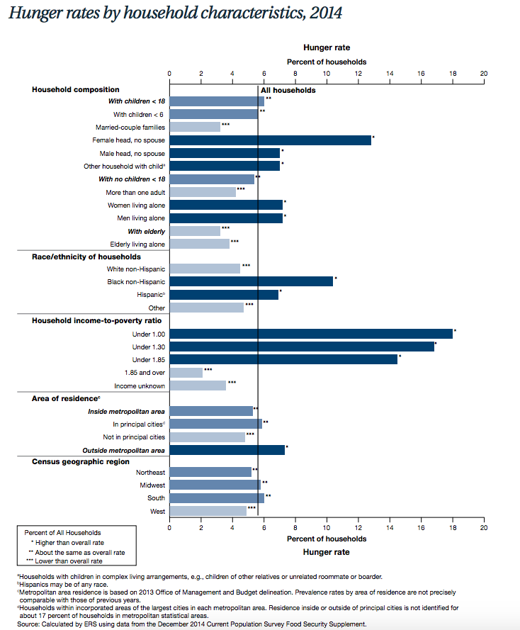Colaboracion anonima
CORRAMOS LA VOZ!!! EL PROCESO DE RECUPERACION DE LOS MAS AFECTADOS SERA CADA VEZ MAS LENTO!!! SEAMOS PARTE DE LA SOLUCION PARA ACELERAR LA RECONSTRUCCION QUE NOS CONVIENE A TODOS Y ASI EVITAR QUE LA DESCONFIANZA DESANIME A QUIENES TRATAN DE AYUDARNOS DESDE AFUERA!!! NOS ESPERAN TIEMPOS FUERTES... NO LO OLVIDEMOS!!! BENDICIONES!!!
CORRAMOS LA VOZ!!! EL PROCESO DE RECUPERACION DE LOS MAS AFECTADOS SERA CADA VEZ MAS LENTO!!! SEAMOS PARTE DE LA SOLUCION PARA ACELERAR LA RECONSTRUCCION QUE NOS CONVIENE A TODOS Y ASI EVITAR QUE LA DESCONFIANZA DESANIME A QUIENES TRATAN DE AYUDARNOS DESDE AFUERA!!! NOS ESPERAN TIEMPOS FUERTES... NO LO OLVIDEMOS!!! BENDICIONES!!!





